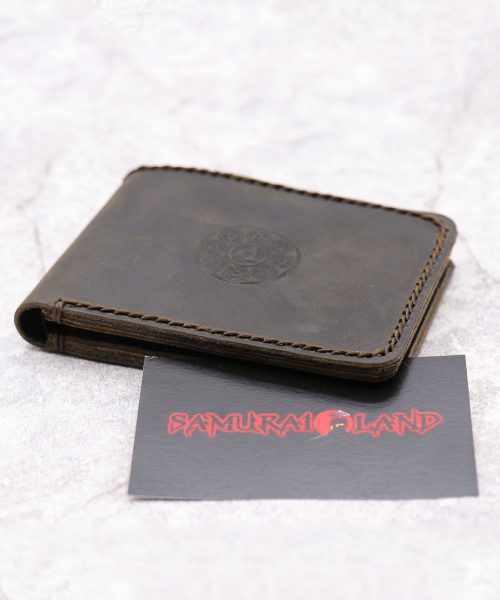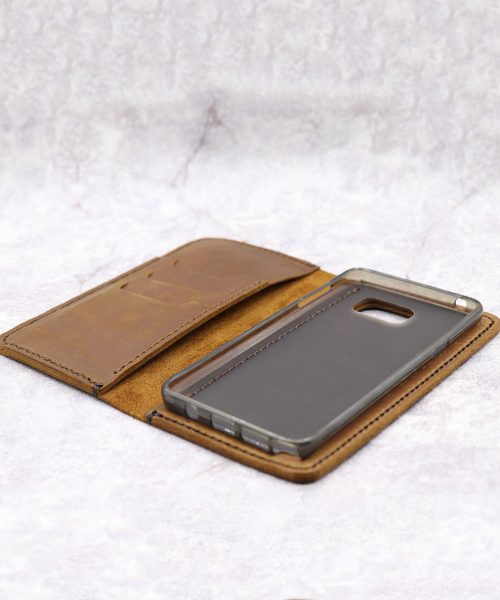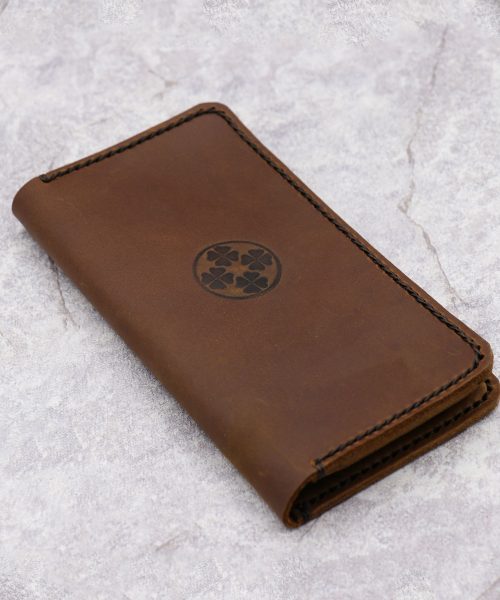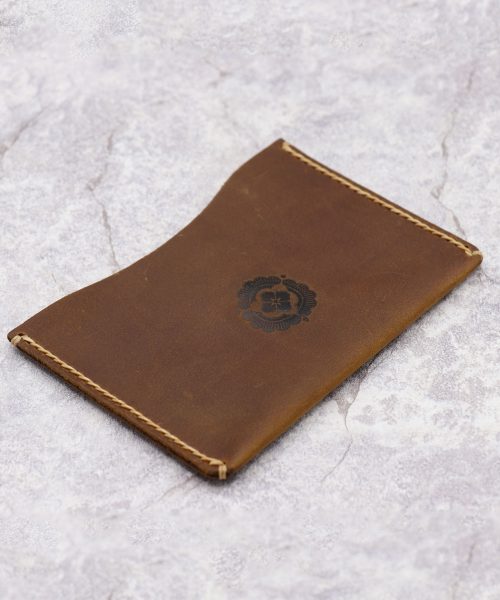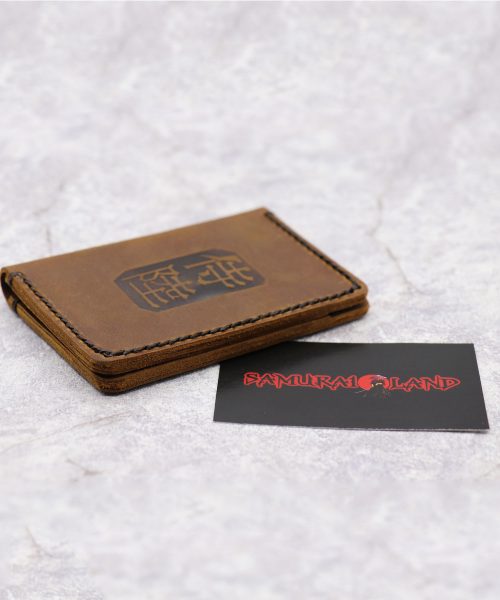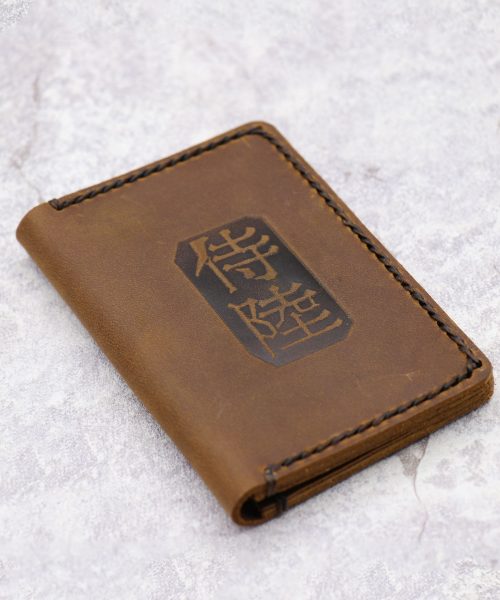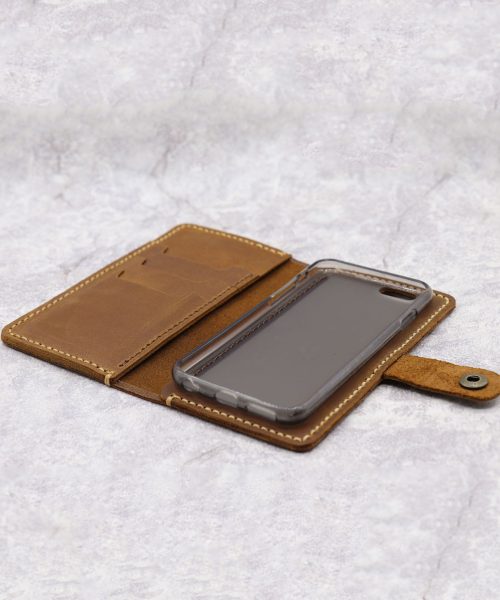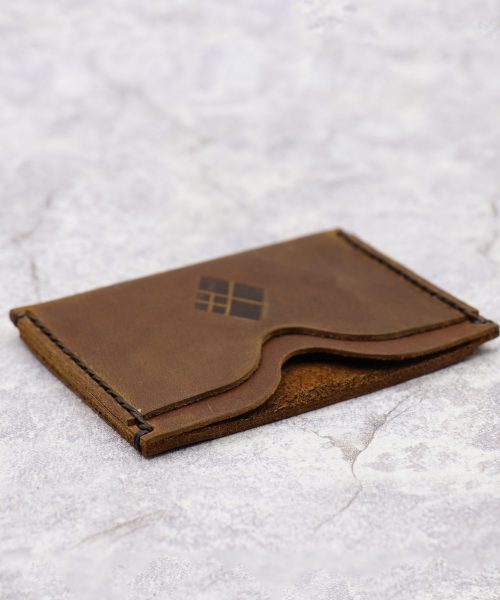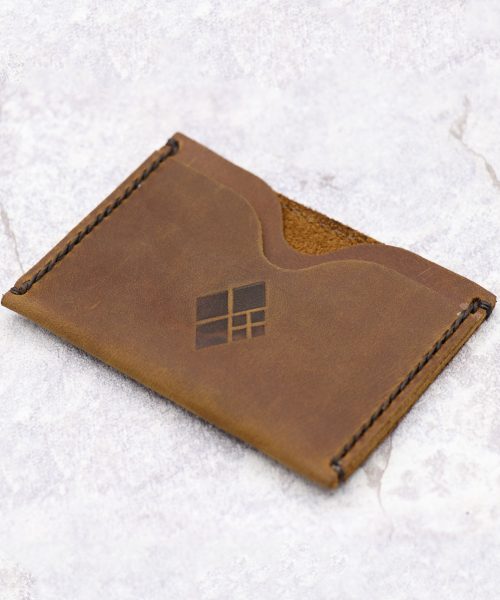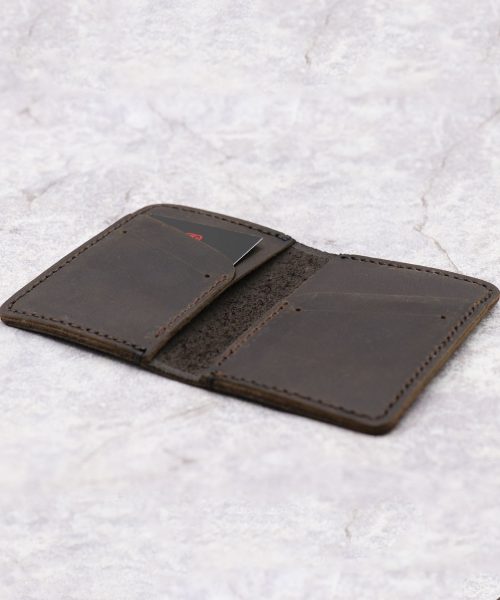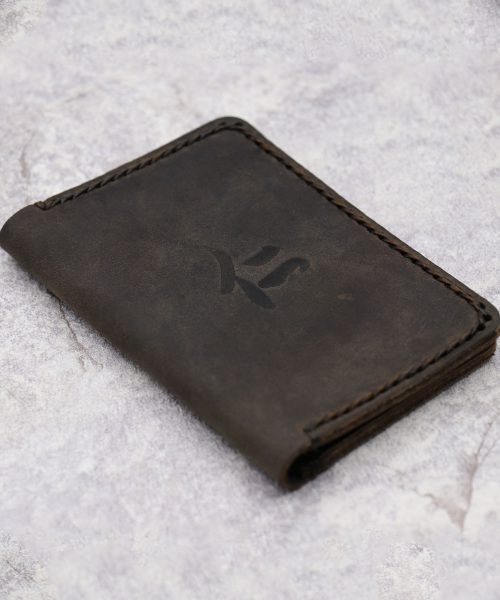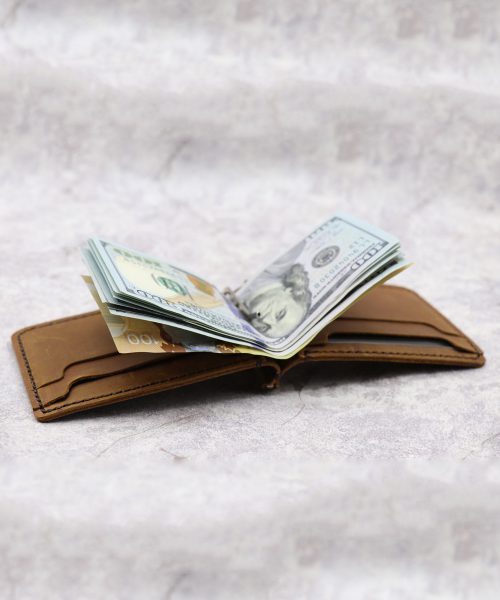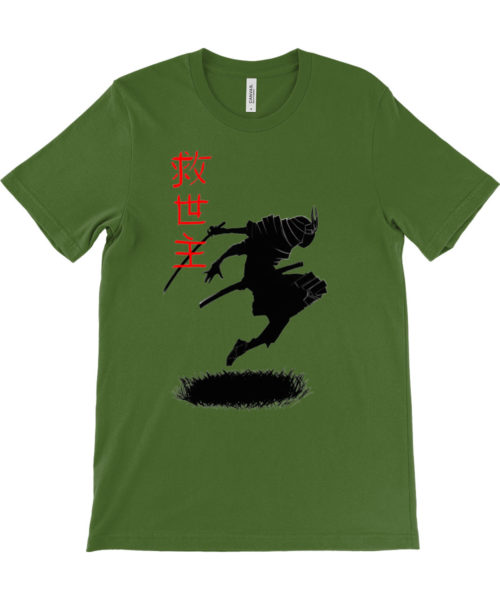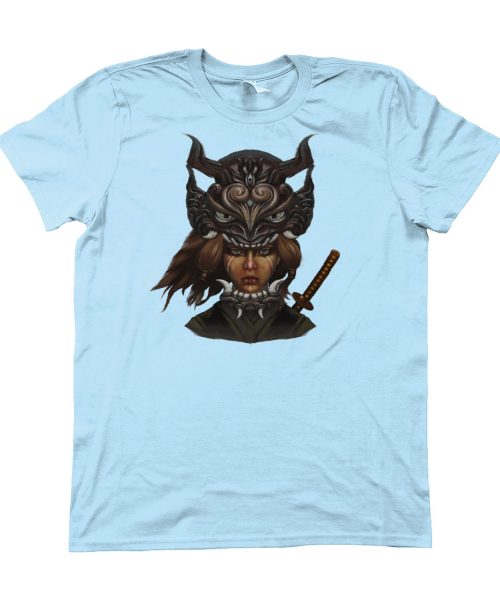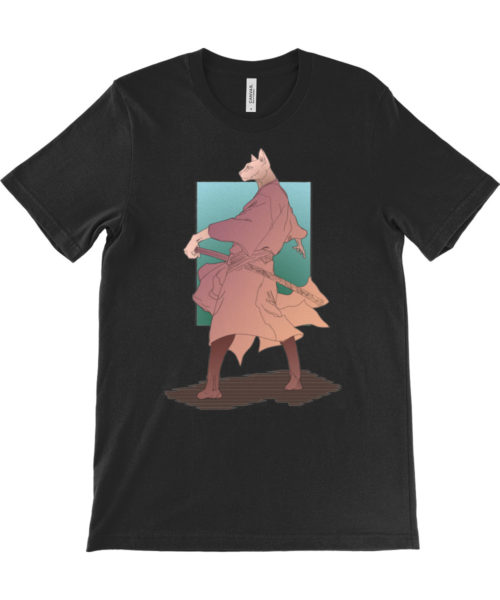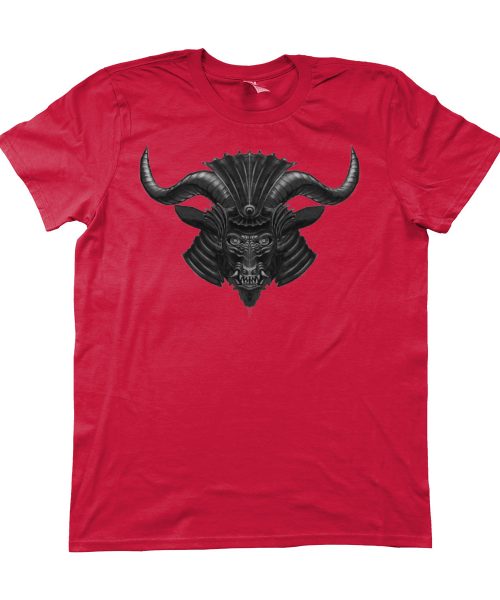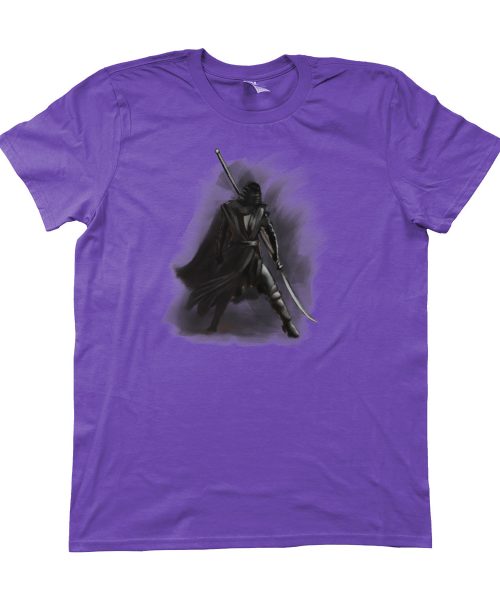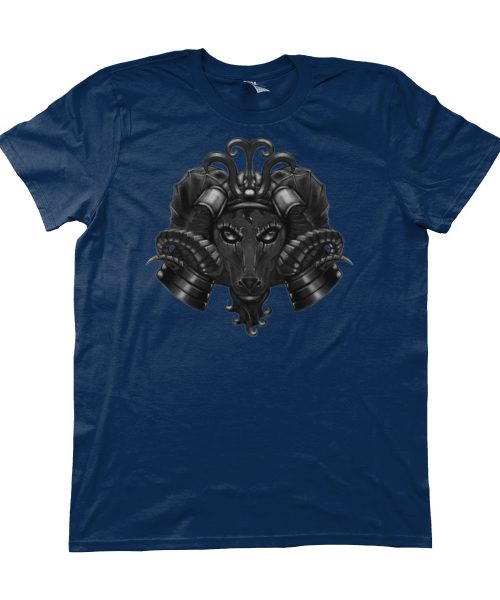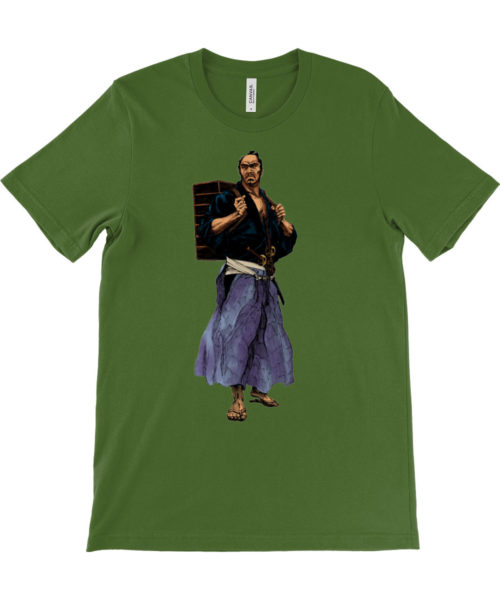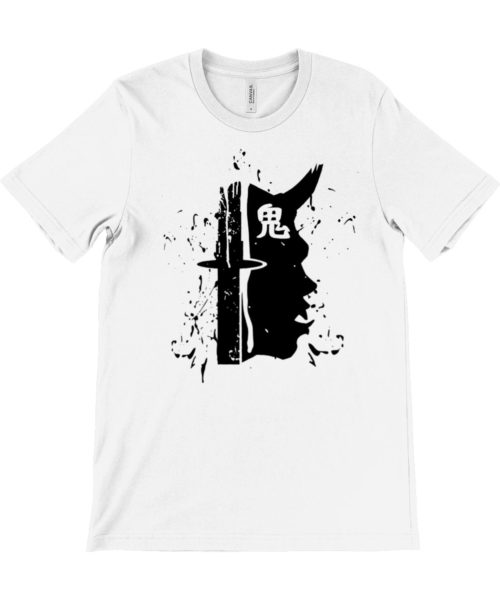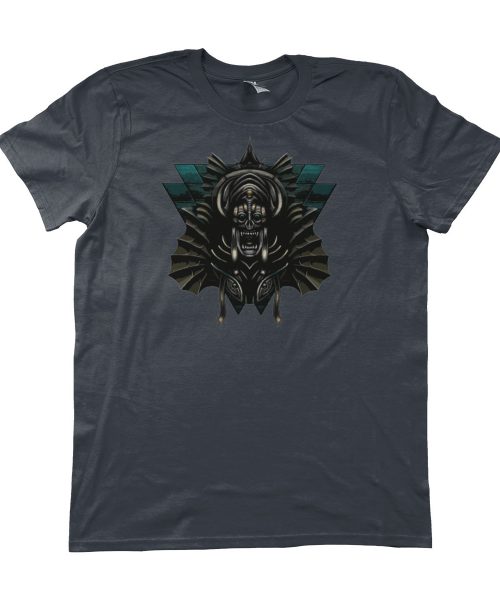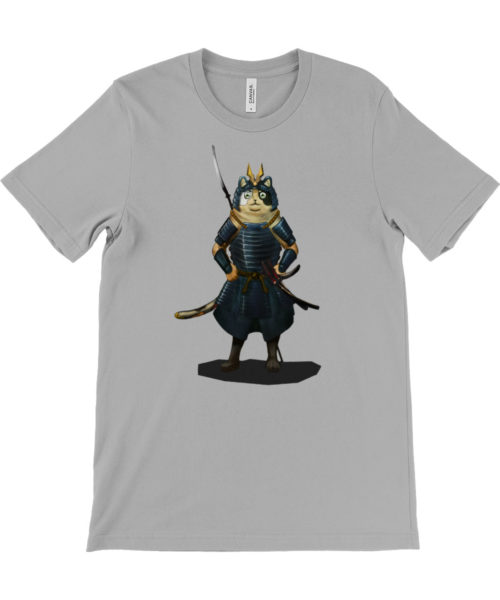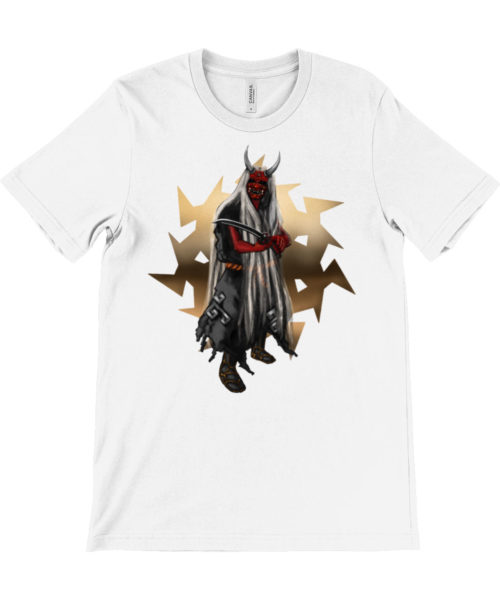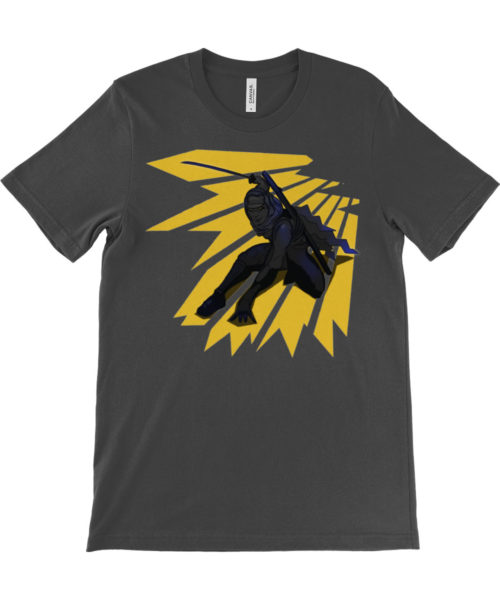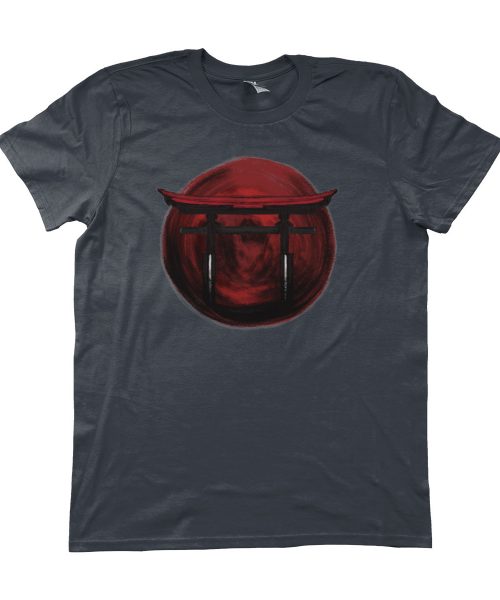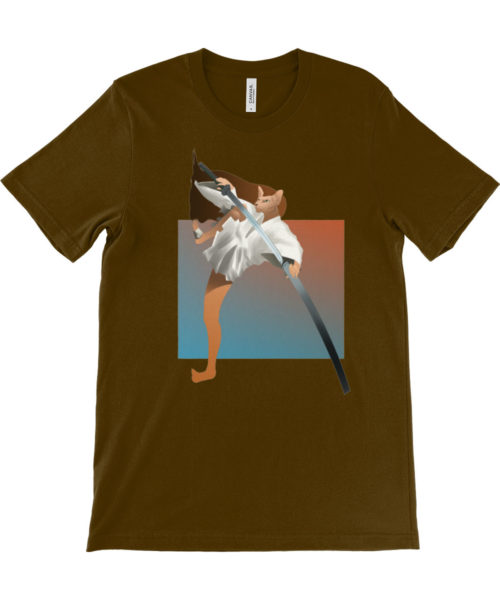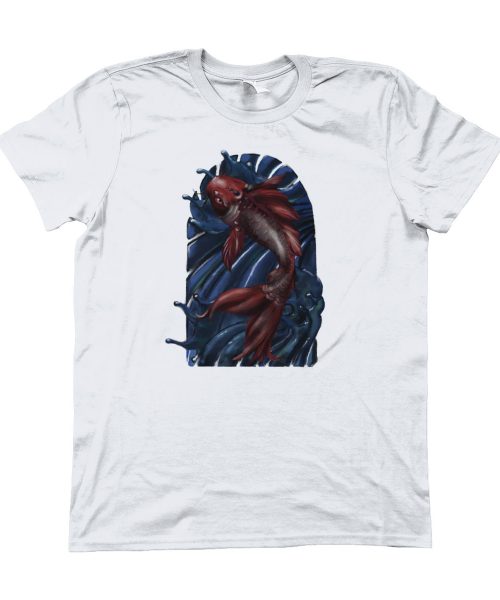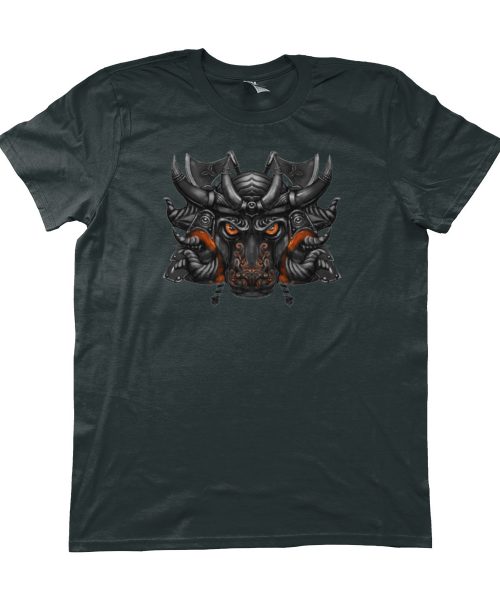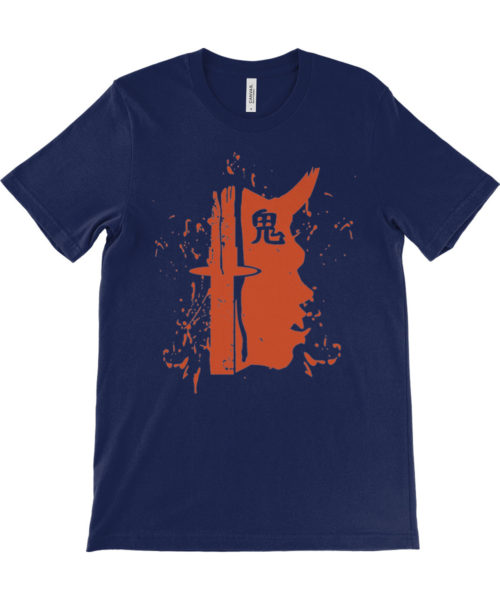No products in the cart.
Japan History, Japanese Weapons
Six Types of Samurai Swords
Samurai Sword
The Samurai sword or Nihonto is one of the several kinds of classic blades from Japan. The Samurai used this to either complete their missions or to protect their lords in times of danger. If you plan to be like such warriors, there are a few elements to consider to achieve this.
Being like a Samurai requires one to have discipline in what they do. To add to this, a person needs to practice the art of the sword. Lastly, to be like the Samurai warrior of history, one should have the perfect blade to wield.
The Samurai of ancient Japan did not only wield a single type of sword. Some preferred utilizing longer blades, whereas others chose the regular-sized ones.
Types of Samurai Sword

The most popular Nihonto would be the Katana. But as mentioned earlier, it isn’t the only Samurai sword they used in their time.
Swords that were mostly used in Japan’s warring period included the following: The Chokuto, Katana, Wakizashi, Nodachi, Tachi, and Uchigatana. Here is a brief explanation of each Nihonto.
The Straight-Bladed Chokuto
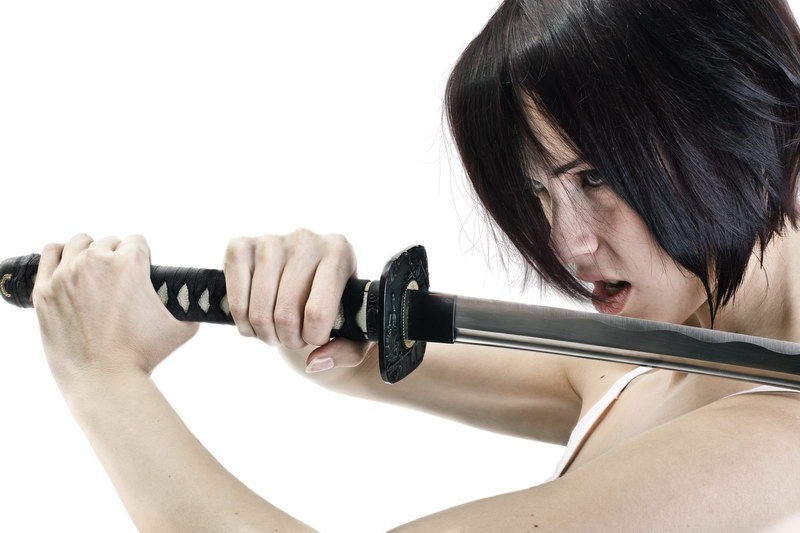
One of the very first Nihonto created in Japanese history was the Chokuto. It was a sword that existed before the 9th century, and it features a simple style – one straight blade with a single edge.
Swordsmiths most likely borrowed its simple style from the ancient Chinese swords.
The Chokuto was a type of Nihonto that the Samurai used for slashing or stabbing. These were weapons worn hanging from the waist.
Until the Heian period, these swords were called the Tachi. One should not confuse this with the curved Tachi swords.
There is a difference between the two Tachi swords. The straight-bladed one’s written this way, 大刀 whereas the curved Tachi sword’s written like this,太刀.
Uniquely-Arched Katana
Leather Samurai Wallets for Men
The Katana is a Nihonto with a regular-sized and curved blade. Its arch is moderate, unlike the older Tachi that features a more noticeable curve. Plus, the Katana usually has a length that is over 60 centimeters.
Portrayed by its distinct look, this Nihonto has a slim, arched, and single-edged blade. It comes with a squarish or circular Tsuba (handguard), while also sporting a long Tsuka (grip). This is to accommodate both hands of the user when wielding the Katana.
With some exceptions, the Katana and Tachi are easy to distinguish from each other. If signed, the Mei or signature should be on the Nakago or Tang.
The Mei is generally on the sides of the Nakago which would face out when wearing the Nihonto. The Katana has its cutting edge facing up, and the Tachi has its cutting edge down. Because of this, the Mei should be in reverse locations on the Nakago.
Wakizashi – The Little Blade
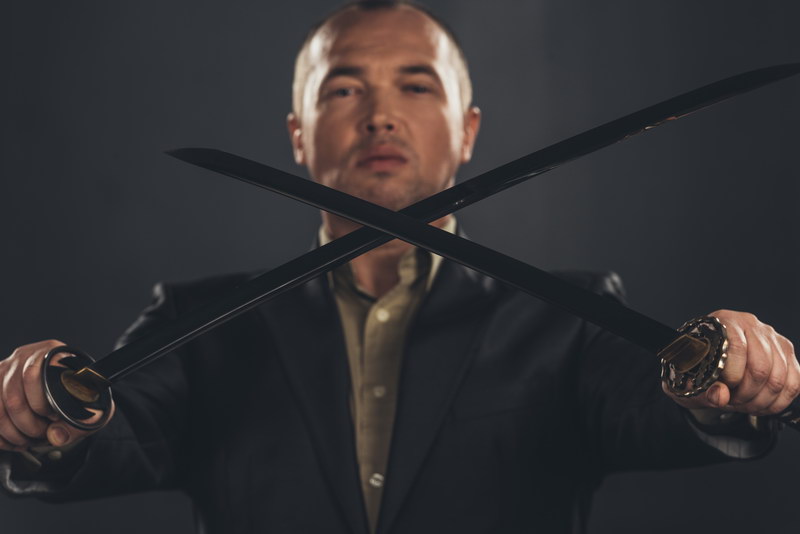
The Wakizashi is a Nihonto that warriors used way back in the 15th or 16th century in Japan as an auxiliary weapon. It was very efficient for close quarter combat, or for beheading defeated enemies. Sometimes, the Samurai used the sword for committing the ritual suicide called Seppuku.
The term Wakizashi did not specify weapons with a specific blade length. It was only an abstraction of the word Wakizashi No Katana which means “sword thrust at one’s side”. Because of this, it became a useful term to describe all-sized companion swords.
Get Your Awesome Samurai T-Shirt
The usual blade size of a Wakizashi was between 30 and 60 centimeters. If the Samurai sword was close to the length of a Katana, it is the O-Wakizashi. Yet if the Wakizashi is much closer in size to the Tanto, it is known as the Ko-Wakizashi.
When the Samurai wore the Wakizashi with the Katana, the pair is the Daisho.
The Splendid Samurai Sword – The Nodachi

The Nodachi is a Nihonto that one carried on his back due to the blade’s length. The wielder could not wear this Samurai sword on the waist, hence, was suitable only for open field battles. Also, it was not ideal for indoor or close combat as it needed a lot of space for proper use.
Nodachi is a term for describing bigger Nihonto blades. For a Nihonto to qualify as an Odachi, it should have a blade length of about 3 Shaku. This equates to around 90.9 centimeters or 3.58 inches. Yet in most Japanese sword terms, there is no real specific definition of this blade’s size.
Foot soldiers or Ashigaru often used this type of sword. It is because cavalrymen would have trouble carrying long swords while on horseback.
Samurai Practices
Samurai Films to Inspire You
Legendary Samurai Locations
The Becoming of a True Samurai
For smithing, making the Nodachi was a challenge since great skill was necessary. The process also took many days to complete a single sword. Only experienced and skilled smiths had the task of creating such long Nihonto.
During the creation process, swordsmiths would hang the Nodachi down from a long cord. This was necessary when heat treating the weapon.
The Distinct Samurai Sword – The Tachi
The Tachi is another Nihonto that appears like the Katana. Yet this can be easy to distinguish for its more pronounced arch and slightly longer blade. The authentic Tachi measured between 70 and 80 centimeters.
The Mei or signature on the Tachi faced outward since the Samurai wore the sword on the left side. This is the opposite of the Katana which swordsmen wore with its edge facing up.
This Nihonto was a primary weapon for warriors who fought on horseback. This was because of the extra curve and length the blade had. It was generally excellent for attacking enemy Ashigaru.
The Tachi is the predecessor of a Katana which the warrior class of Japan preferred.
Throughout the years, the Tachi evolved and improved to having more modern designs.
The Descendant of the Tachi – Uchigatana
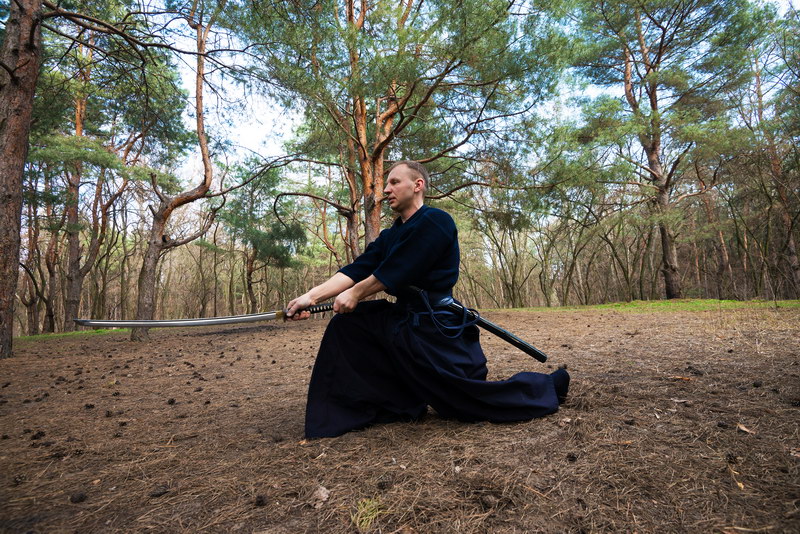
The Uchigatana is a Samurai sword used during the feudal period of Japan. It was the descendant of the Tachi and was the main battlefield sword from the Heian period. Its use became widespread during the Muromachi era.
Just like with the Katana, users wore the Uchigatana with the cutting edge facing up. Because of this, the Mei of this type of Samurai sword is on the opposite side of the blade.
The Uchigatana featured a long blade with a sharp edge and was ideal for cavalry. It generally has a stout Sugata or overall form. It also features a Saki Zori, which means that the curvature is deepest between the center and the blade’s tip.
One of the reasons for the popularity of the Uchigatana is that it was more convenient to wear. Due to its length, it did not get in the way when warriors used the polearm, unlike the Tachi.
Since warriors fought on foot more often, they needed additional speed. These were the reasons why the use of the Tachi instantly became widespread among swordsmen of ancient Japan.



